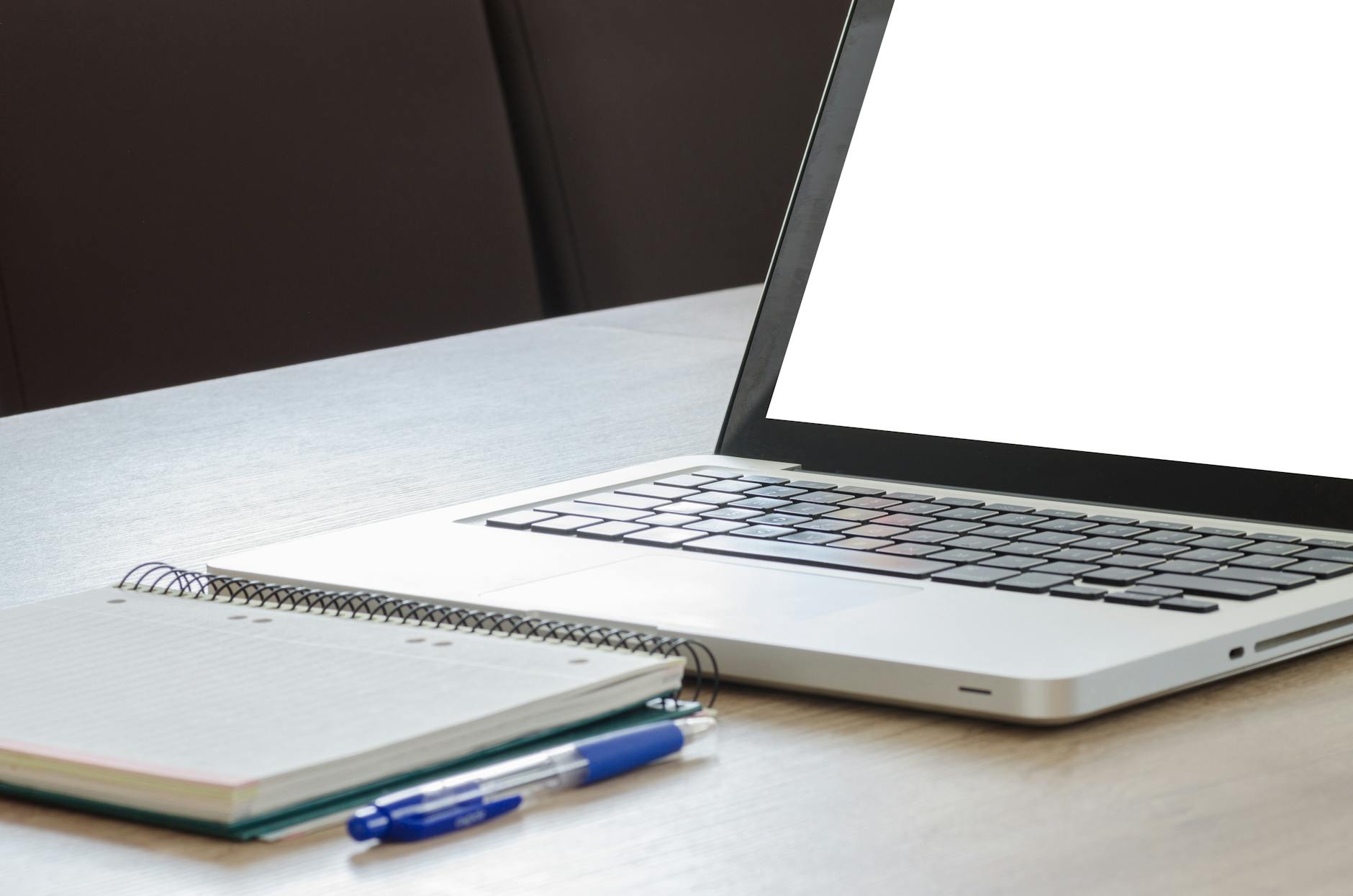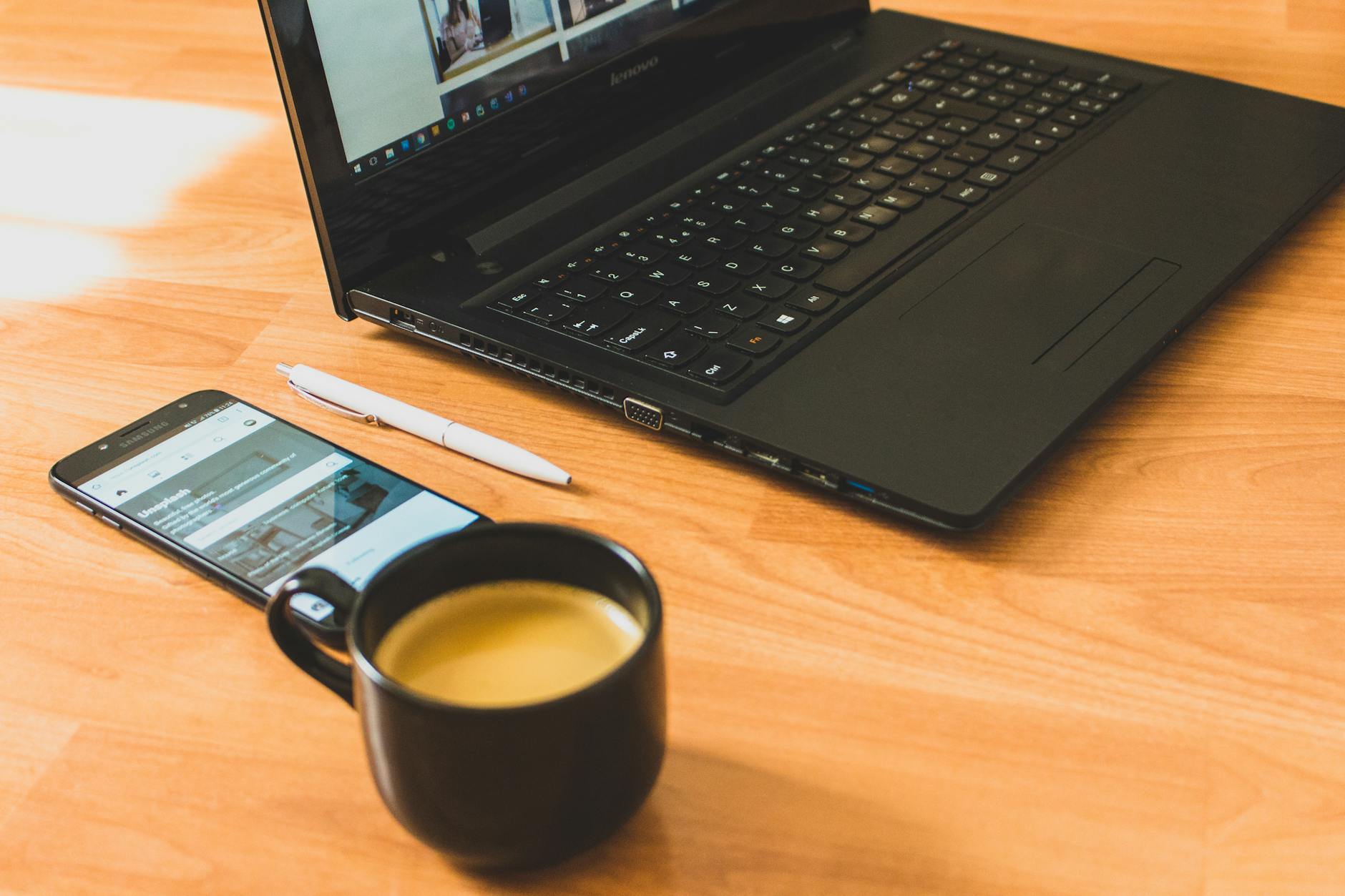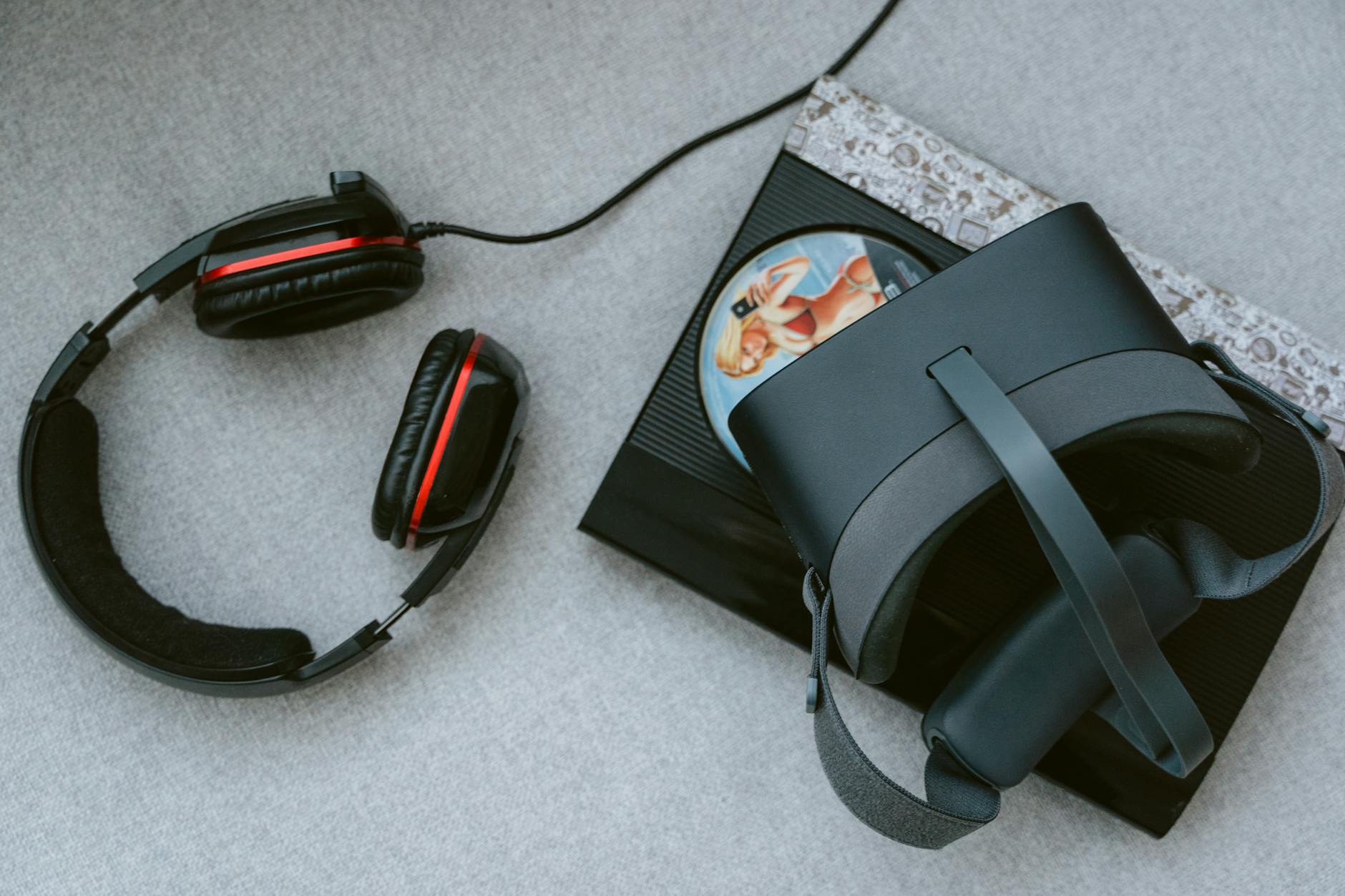How to Find the Best Musical Venues in Australia

Key Australian Music Venues
In Melbourne, the music scene thrives at iconic spots like the Melbourne Music Centre. As a musician, I always feel at home in this vibrant space, where the energy is infectious. One gig stands out: a packed house at a local Brunswick venue, where the crowd's energy pushed us to deliver our best performance.
For those keen on mastering the technical side of things, understanding your pro audio equipment is crucial. Investing time in learning about audio equipment helps to match the right gear with different venues. During live events, I have witnessed first-hand how the right mix can elevate a performance from mundane to unforgettable. Consider venues across Australia, each with unique acoustics that test your skills and gear adaptability.
Moreover, PTZ cameras have become invaluable during events, especially for capturing dynamic live performances. They offer the flexibility needed for high-energy gigs, ensuring every detail is caught on film.
Strolling down Bourke Street, a visit to the musical instrument shops can be an inspiration. These places offer countless opportunities to test gear and expand your inventory. Learning from other musicians and sharing tales from gigs only adds to the wealth of experience you can accumulate.
Next time you're in Melbourne, pay a visit to these music venues and shops. Engage with fellow creatives, experiment with your equipment, and let the music guide you.
Navigating Venue Logistics
Technical Setup Tips
As a music educator here in Melbourne, I've spent countless nights navigating the intricacies of technical setups in various "live music venues in Brunswick." It's crucial to pay attention to the details, from positioning your loudspeakers effectively to ensuring all connections are secure. One personal story that springs to mind took place at a buzzing gig where a minor oversight with connectors nearly turned into a sound fiasco. I made it a priority after that experience to always double-check my setup checklist before any performance.
Optimal Equipment Choices
One of the key components to achieving top-notch sound is choosing equipment that suits the venue. Whether you’re using acoustic panels to refine sound clarity or selecting robust loudspeakers for outdoor settings, the right gear can make or break an event. At the Melbourne Music Centre, I often test new equipment, allowing me to recommend tried and true options to students. Remember, investing in quality equipment can save a lot of headaches in the long run.
Contacting Venue Management
Establishing a strong relationship with venue management can be as beneficial as having the right gear. It’s not just about exchanging contact details, but truly understanding the venue's dynamics. During a recent event, I had a quick chat with a venue manager about the acoustic layout, which helped me adjust the sound to suit the space better. This collaborative approach can significantly streamline the logistics of setting up and ensure a smooth gig experience.
Evaluating Acoustics
Acoustic Features to Look For
As a live sound enthusiast who regularly tunes into Melbourne’s vibrant music scene, it's essential to assess venues' acoustic features—step into the heart of the Melbourne Music Centre for inspiration. Acoustics can greatly affect the quality of performances, and thus, knowing what to look for can make all the difference. Whether you’re setting up in clubs or large halls, focus on elements like sound absorption materials on walls and ceilings, the type of flooring, and the overall room shape.
Handling Challenging Venues
Handling acoustically challenging venues has always been part of the gig. Picture setting up in a Brunswick live music venue, where the reverberation can either enrich the music or drown it out. It’s crucial to carry spare av cables in case standard ones fall short. Add some portable acoustic panels to your toolkit for controlling sound reflections and reverberations. As you get familiar with different acoustic environments, navigating these challenges becomes second nature.
Tools for Acoustic Assessment
Having the right tools on hand can elevate your sound setup. A professional microphone designed for precise sound capture will be indispensable when looking to assess acoustics accurately. It helps to identify the subtle nuances of a venue's sound profile and adjust accordingly. Engaging with the right tools not only streamlines the process but also ensures the equipment investment is worth it, safeguarding that hard-earned reputation in the bustling Melbourne event circuit.
Strategies for Sound Technicians
Pre-Event Site Inspections
When preparing for a gig, heading out for a pre-event site visit can be invaluable. I've learned from countless setups that familiarising myself with the venue's layout beforehand greatly improves efficiency. Knowing where to position gear like your recording microphone can prevent unwanted feedback and echo during the show. When checking acoustics at local spots, think of popular live music venues in Melbourne where every nook and cranny demands a different approach to sound.
Team Collaboration
It's essential to collaborate closely with venue staff. Whether you're setting up in Melbourne or another bustling scene, understanding each other’s workflows can save a lot of hassle. During a stint at a live event in Brunswick, I remember coordinating the lighting crew with my sound setup. Having a shared goal of a seamless production helps ease any tensions. Carry a universal remote for those times when quick adjustments to equipment settings are needed without leaving the control booth.
Efficient Setup and Breakdown
Efficiency during setup and breakdown is crucial, especially in high-pressure environments. Devise a strategy that enables your team to set up swiftly while safeguarding your equipment. This process wasn’t just learned overnight but built from gig to gig, ensuring every speaker, every AV cable is accounted for quickly and safely. Whether off Bourke Street or at a bustling outdoor event, having a streamlined setup means more time to focus on delivering top-notch audio quality. It will ensure you're always ready for the unexpected.
Avoiding Frequent Missteps
Overlooking Venue Specs
When I think back to my early gigs at live music venues in Brunswick, one lesson stands out: never underestimate the importance of venue specifications. After one memorable wipeout where our gear didn't fit the stage, I learned to meticulously check every detail. Ensure your equipment is compatible with the venue's electrical capacity, and always ask about the in-house audio capabilities. A surprising number of musical instrument shops on Bourke Street offer consultancy services just for these situations, so don’t hesitate to tap into those resources.
Neglecting Backup Plans
The first time I played at the Melbourne Music Centre, a friend’s amp blew up just minutes before showtime. It was a wake-up call about the necessity of backup plans. Have spare cables, batteries, and even consider a backup instrument if possible. When you're performing, especially in a city as dynamic as Melbourne, things can go wrong. Having a contingency plan can save not just your gig, but also your reputation.
Misjudging Venue Size
Size matters—at least in terms of venue capacity. I’ll never forget the gig where we planned for a packed house, but the crowd overflowed and the acoustics were terrible. Understanding and respecting venue size ensures that your sound resonates perfectly and your crowd is comfortable. Don't make the mistake of cramming into a space that's too small or choosing a room too vast for your audience. This balance can elevate your music performance to new heights.


